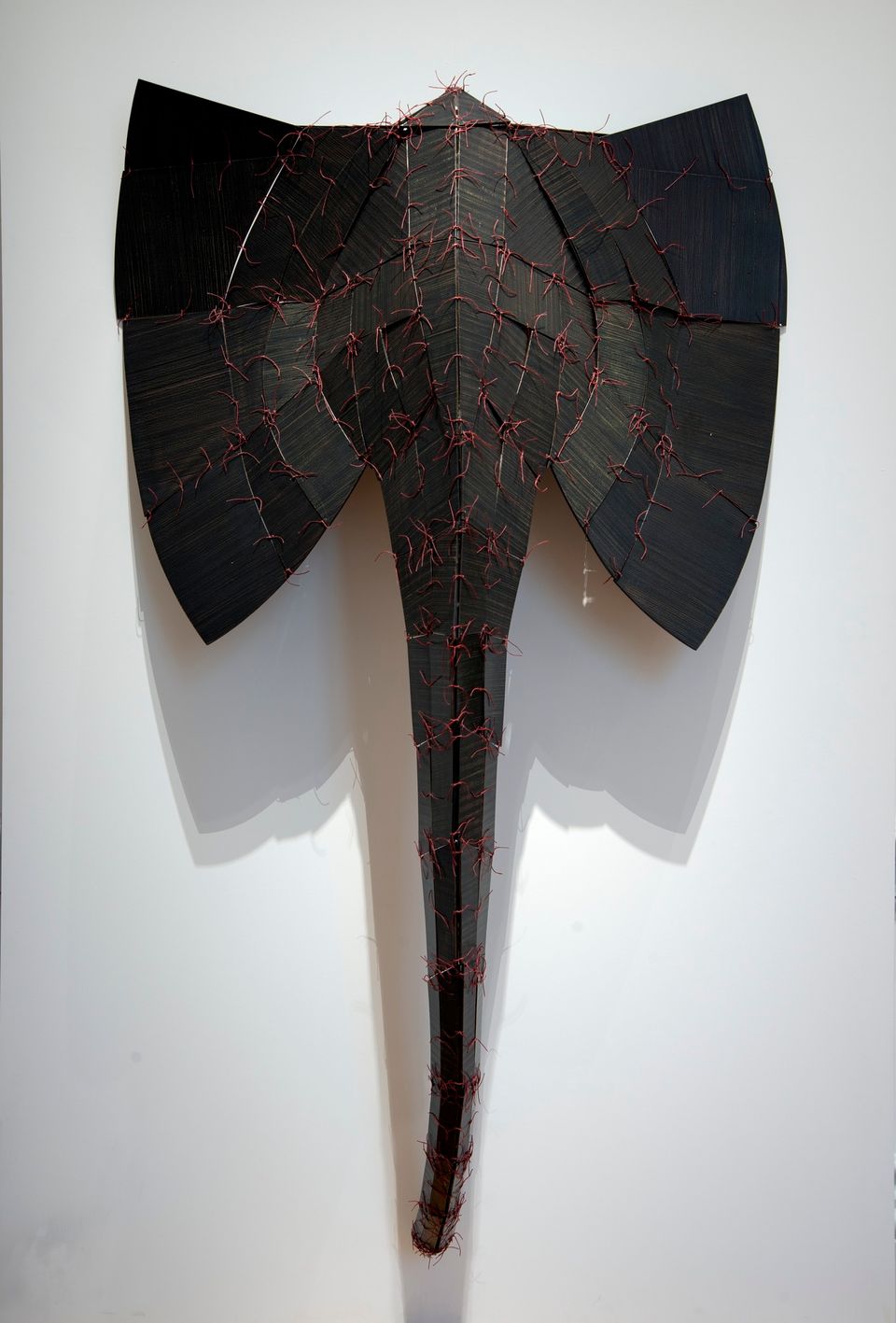
Wendy Maruyama, Shadow of Amboseli, 2016, jelutong, milk paint, waxed linen thread, and finish, Smithsonian American Art Museum, Gift of Penland School of Crafts through contributions made by Fleur Bresler, the Cousins Foundation, Tom Oreck, Kaola and Frank Phoenix, Susan Parker Martin and Alan Belzer, Barbara McFadyen and Douglass Phillips, Diane Charnov, Lee Rocamora, John A. Thompson, Jr., members of the Smithsonian Women’s Committee, and the Collectors of Wood Art, 2016.54
Essential Questions
Whether reading, listening, writing, or speaking, successful communication allows thoughts and ideas expressed by one person to be easily understood by another. Facility with language is essential for understanding and conveying ideas in any curriculum content area.
Essential Questions
- What does it mean to communicate successfully?
- What are the features of successful communication?
- What can artworks teach us about successful communication?
- How can students understand the features of successful communication so well that they use these tools independently and flexibly?
Art of Learning
(125 minutes, 3 class periods)
This unit is composed of three sets of activities, split across three class periods.
What is communication? What are the features of successful communication? (50 minutes)
What can artworks teach us about successful communication? (35 minutes)
How can students use the features of successful communication independently and flexibly? (40 minutes)
Set 1: What is Communication?
This learning experience begins with students developing their own definition of communication based on examples. Ultimately, students independently identify the qualities of successful communication, articulating their own criteria before comparing them with concepts such as organization, sentence fluency, voice, and word choice.
Set 2: What Can Artworks Teach Us?
Using a variety of thinking routines, students analyze and interpret an artwork and construct an evidence-based argument for their interpretation. They then extend and challenge their thinking by reading a short article (provided) about the artwork’s larger historical context.
Two versions are provided: one most appropriate for primary/elementary school and the other geared to middle school.
Set 3: Applying the Features of Successful Communication
In this culminating set of activities, students first experiment with applying the features of successful communication from Set 1 to the artwork. Finally, they utilize their expanded understanding of these features to create a descriptive piece of writing about the artwork. This set offers both summative and formative assessment opportunities.














